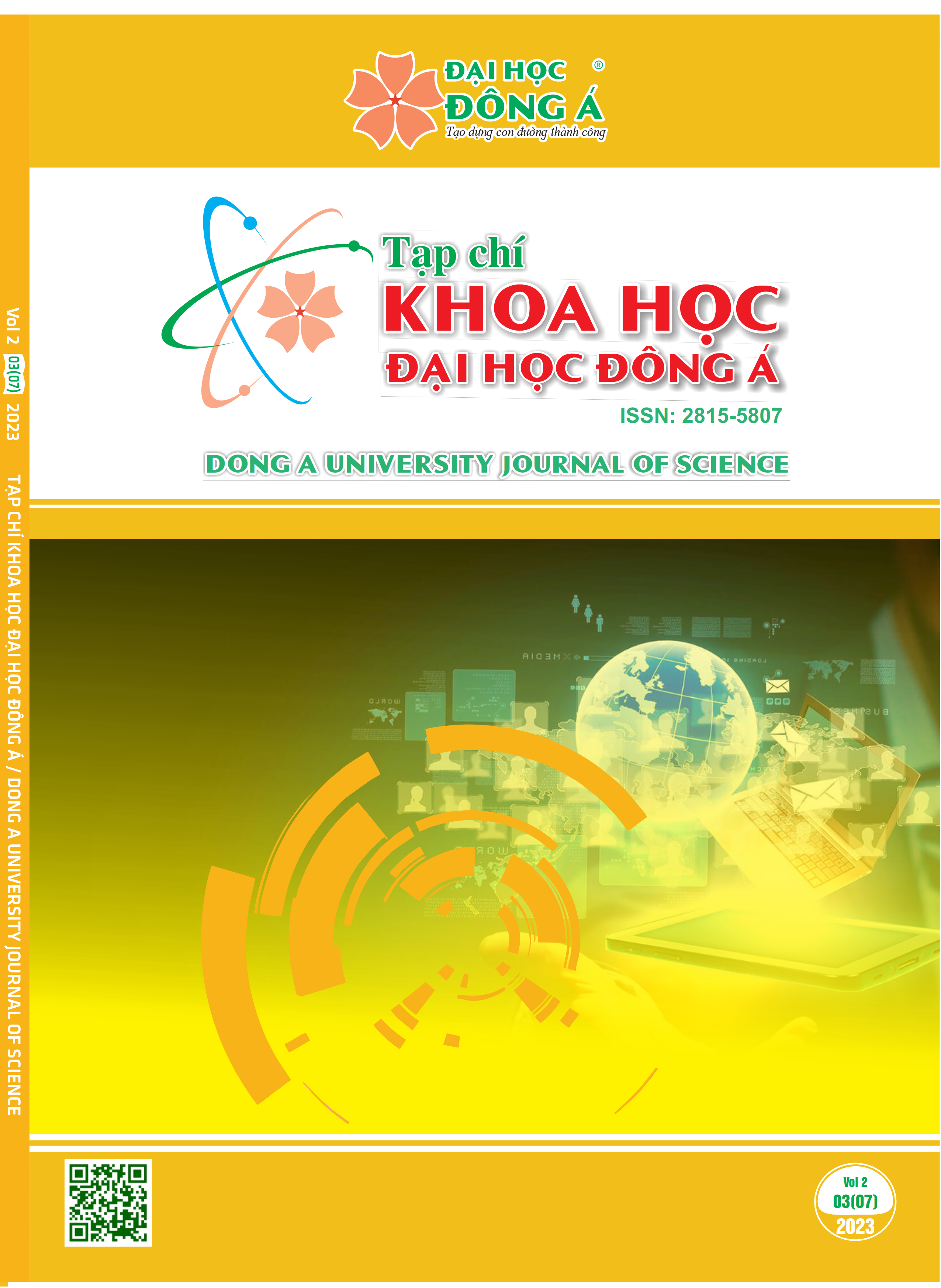The Effects of “Bad Review” on Brand Image
Main Article Content
Abstract
According to the effect of multimedia, brands want to be recognized by consumers more through online interactions. However, they also face the risks associated with negative comments “bad review” that can negatively affect brand image. The author uses the theory of Word of mouth Marketing (WOMM) and Electronic Word of Mouth (eWOM) for the rationale, thereby discovering the impact of “bad review” on brand image. The purpose of this study is to provide a research model based on theoretical foundations or previous studies to figure out the impact of “bad review” on brand image. By conducting survey interviews using pre-designed questionnaires with the participation of 300 samples, who live in provinces in 3 regions of Vietnam. The factors of “bad review” affecting Brand Image were analyzed through SPSS software, Cronbach’s Alpha reliability test, exploratory factor analysis (EFA), and linear regression. The results show that there are two factors of “bad review” affecting the brand image, that is, the content of the review and the attitude of the reviewer. The study also provides some recommendations and solutions for businesses, proposing commercial risk management orientations on social networking platforms.
Article Details
Keywords
brand image, eWOM, e-commerce, “bad review”, consumer behavior
References
Bizibl. (2022). “Bad Review Are Good for Business - The Power of Negative Review”. bizibl.com
Chu, S.-C. (2021). “Electronic Word-of-Mouth (eWOM)”. Oxfordbibliographies.com
Hà, H. (2019). “Marketing truyền miệng (Word of Mouth Marketing) là gì? Hiệu quả của marketing truyền miệng”. vietnambiz.vn
Hạnh, T. T. (2009). Hành vi khách hàng. TPHCM: Trường Đại học Mở TP. Hồ Chí Minh.
Hason, & Mendius. (2009). Bộ não của Phật. TPHCM: Hồng Đức.
Hennig-Thurau, T., Gwinner, K. P., Walsh, G., & Gremler, D. D. (2004). “Electronic word-of-mouth via consumer-opinion platforms: what motivates consumers to articulate themselves on the internet?”. Journal of interactive marketing, 18(1), 38-52.
Kotler, P., & Keller, K. (2013). Quản trị Marketing. Hà Nội: Lao động xã hội
Linh, Đ. V. (2016). “Giá trị cảm nhận của khách hàng”. kqtkd.duytan.edu.vn
Maslow, A. (1943). “A theory of human motivation”. Psychological review, no 50. Washington DC: American Psychological Association.
Ngân, H. (2021). “Doanh nghiệp và đánh giá tiêu cực”. jobhopin.com
Thái, T. N. (2022). “Hành vi người tiêu dùng”. namseo.edu.vn.
Thắng, Đ. Q. (2022). “Word of Mouth Marketing (WOMM) là gì? Sức mạnh của WOMM?”, vietmoz.edu.vn
Thắng, H. N., & Độ, N. T. (2016). “Các yếu tố ảnh hưởng đến ý định mua sắm trực tuyến của người tiêu dùng Việt Nam: Nghiên cứu mở rộng thuyết hành vi có hoạch định”. studocu.com


